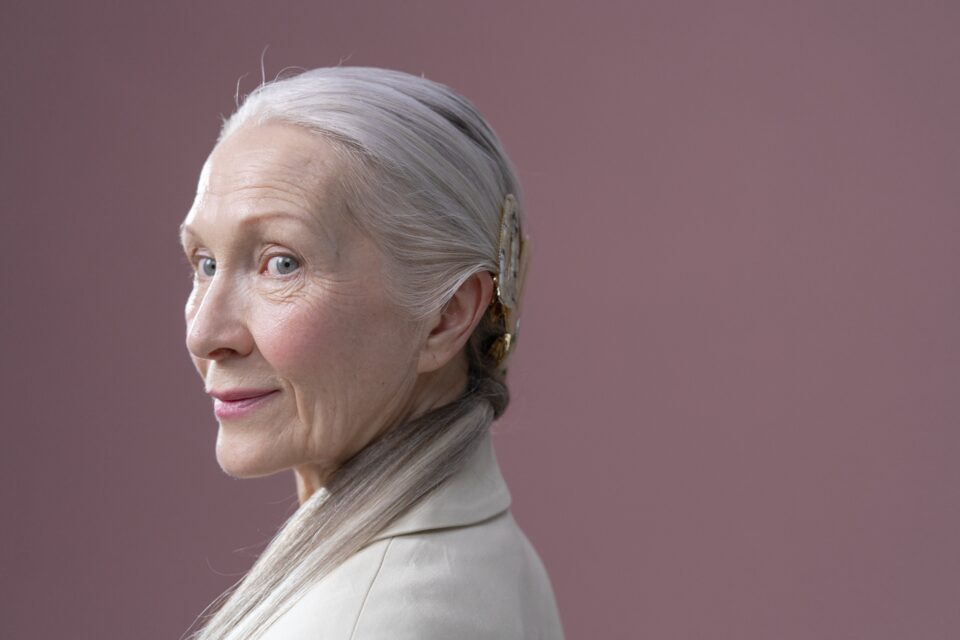In the perpetual quest to defy aging, researchers have stumbled upon a breakthrough that could potentially bid farewell to gray hair. The intriguing link between aesthetics and health takes center stage as recent studies reveal the role of stem cells in the graying process.
Trapped Stem Cells and the Aging Process
A recent investigation has unearthed the reason behind the loss of color in our hair as we age. The culprits are none other than melanocyte stem cells (McSC), essential for generating melanin—the pigment that not only colors our hair but also our skin and eyes. These cells become trapped, unable to fulfill their function and leaving our hair devoid of color.
The Precursors of Hair Pigmentation
Melanocyte stem cells aren’t your average stem cells. They serve as precursors to the cells responsible for producing the pigment that gives color to our hair—melanin. Researchers from the Grossman School of Medicine at New York University (NYU) have discovered that, during the maturation process, these cells migrate between various micro-compartments within the hair follicle.
In each compartment, the cells receive distinct protein signals that prompt them to mature and release melanin into the hair. However, this intricate dance slows down over time, leading to a static state where these stem cells no longer move between compartments, hindering their maturation and melanin secretion.
A Static Niche and the Emergence of Gray Hair

Published in the journal Nature, the study describes the decline of melanocyte stem cells in a “dynamic niche.” As these stem cells cease their movement within the hair follicle compartments, they lose the ability to mature and release melanin. The consequence is the depigmentation of hair, better known as the onset of gray hair. Qi Sun, the lead researcher, explains that this study adds to our fundamental understanding of how melanocytes work to color hair.
A Glimmer of Hope for Human Scalps
While the study was conducted on mice, the researchers believe that the human scalp operates similarly. Understanding the problem is the initial step toward solving it, and the researchers claim to have a potential solution. Qi Sun suggests that the newfound mechanisms open the door to the possibility of the same fixed positioning of melanocyte stem cells in humans. If true, it could pave the way to reverse or prevent graying by assisting these trapped cells in regaining their mobility within hair follicle compartments.
Serious Implications for Medical Science
The graying of hair might seem trivial, but the study on stem cell function could lead to new avenues of research. Mayumi Ito, a member of the research team, emphasizes that insights gained from this study may contribute to various fields unrelated to aesthetics, including the fight against cancer.
“We are interested in how stem cells residing in our bodies are regulated to appropriately maintain our bodies and how they remodel tissues when lost due to injuries.” Failures in this regulation can result in various health issues, including cancer. The melanocyte stem cell system provides valuable insights into understanding this extensive medical science issue, showcasing the dysfunction of such a visible system.
Hope for the Future of Anti-Aging
As we delve into the world of graying hair, it becomes evident that there’s more to this phenomenon than meets the eye. The newfound knowledge about the role of stem cells not only promises a solution for reversing or preventing graying but also opens doors to broader medical implications.
This breakthrough could mark the beginning of innovative approaches in anti-aging research, reaching beyond cosmetic concerns and into the realms of medical science. While the study originated from a seemingly banal issue, the implications are anything but trivial—they extend to the very core of understanding how our bodies function and how we might combat the challenges that come with aging. The quest for eternal youth might just have found a promising ally in the unlikeliest of places: the root of our hair.
